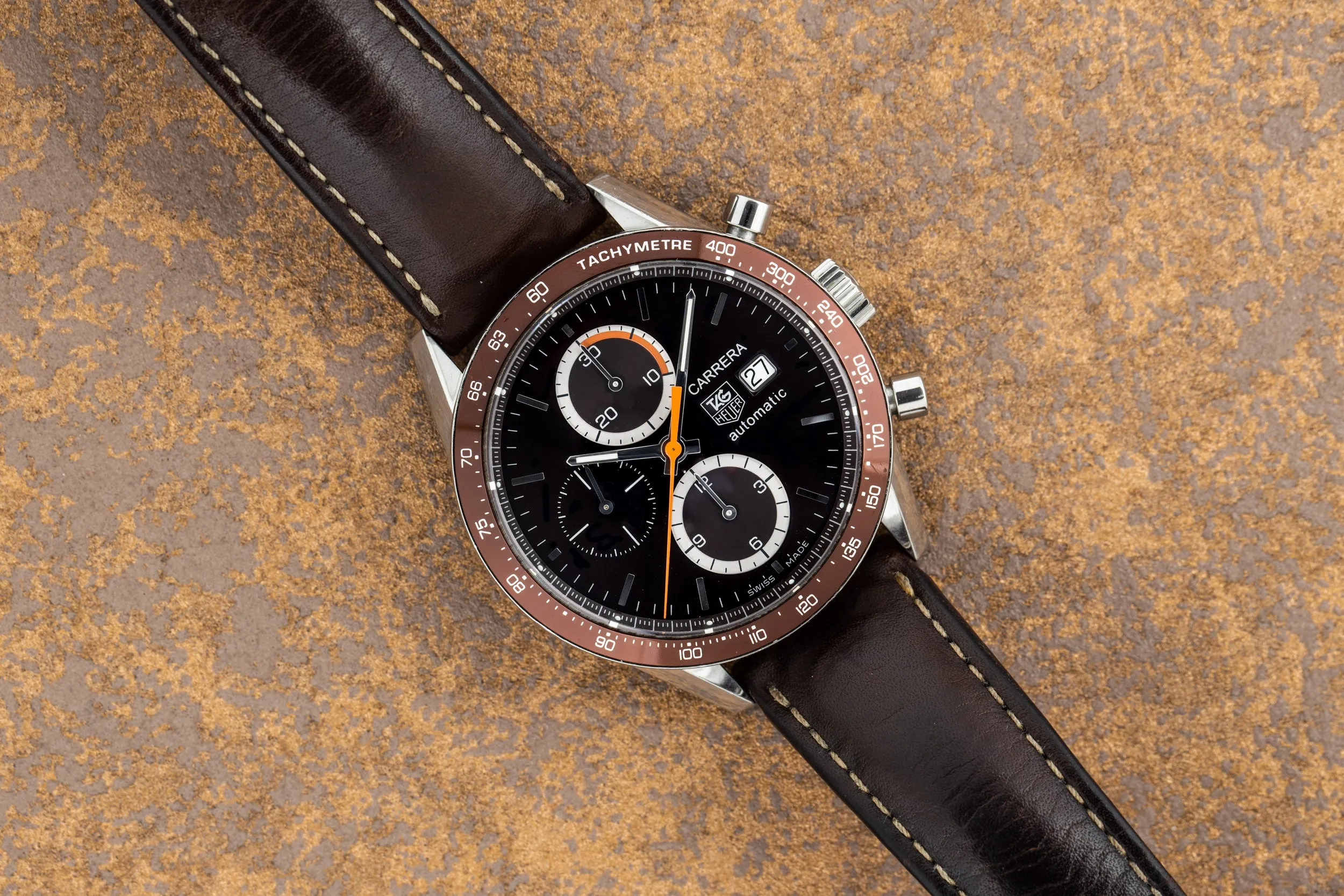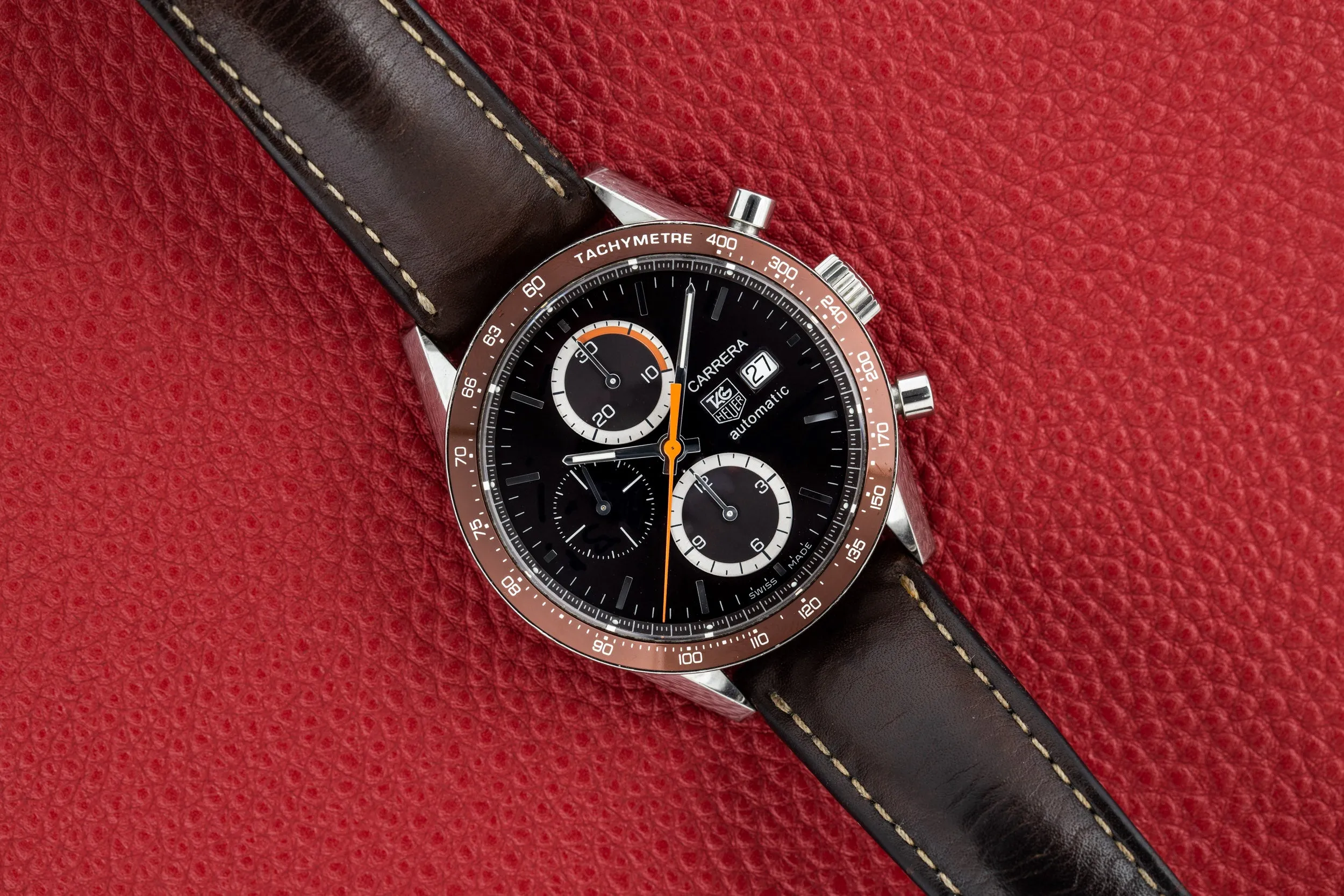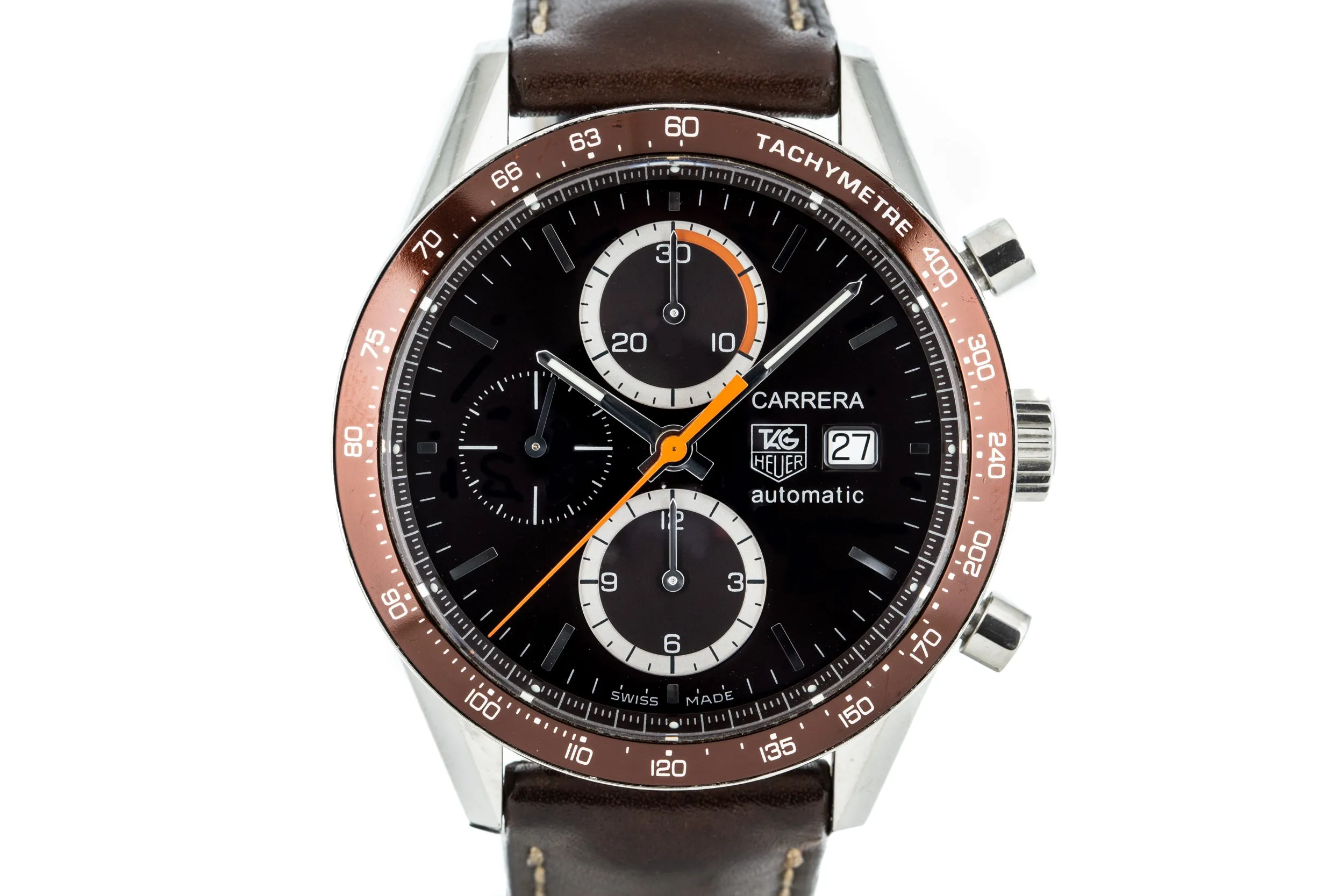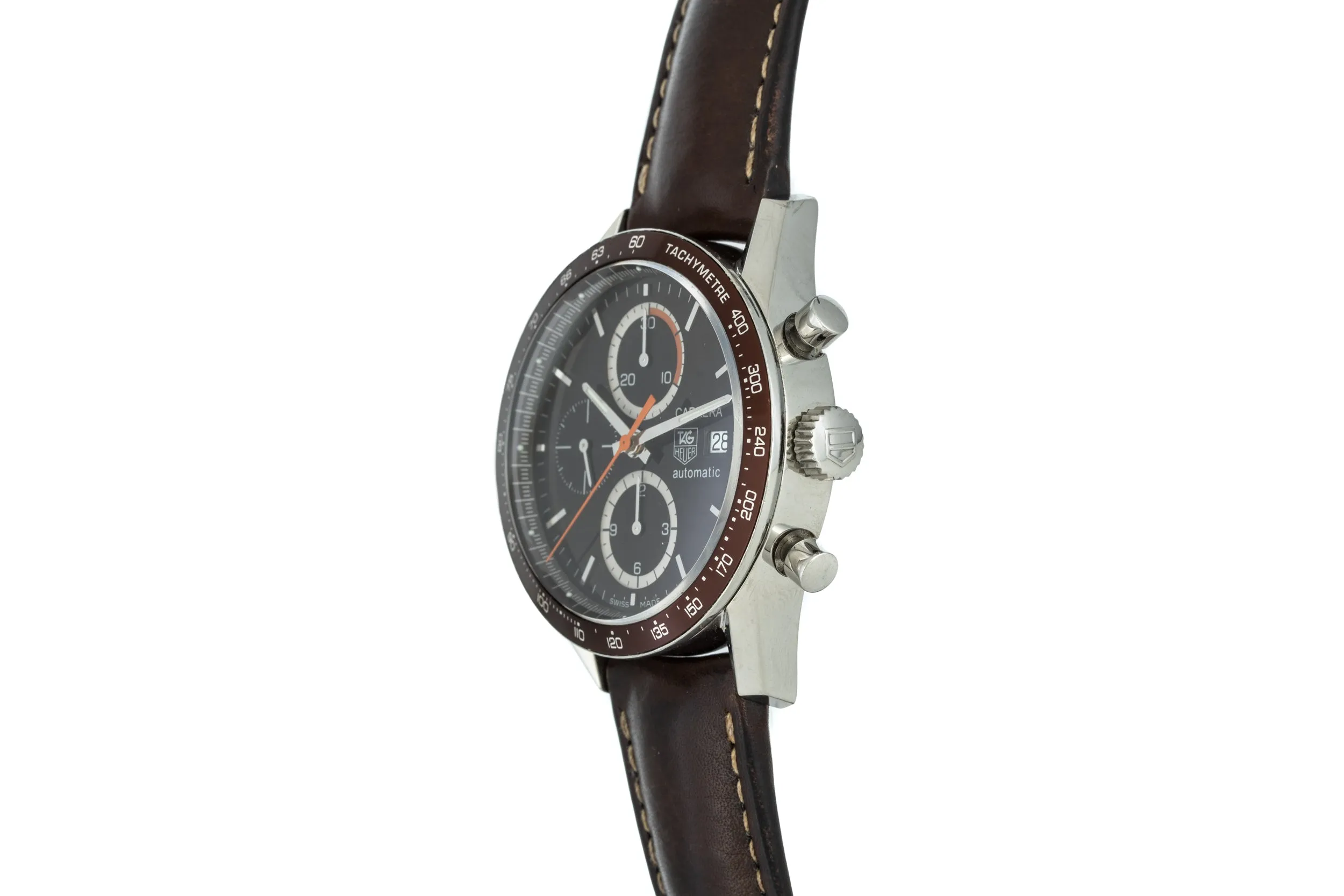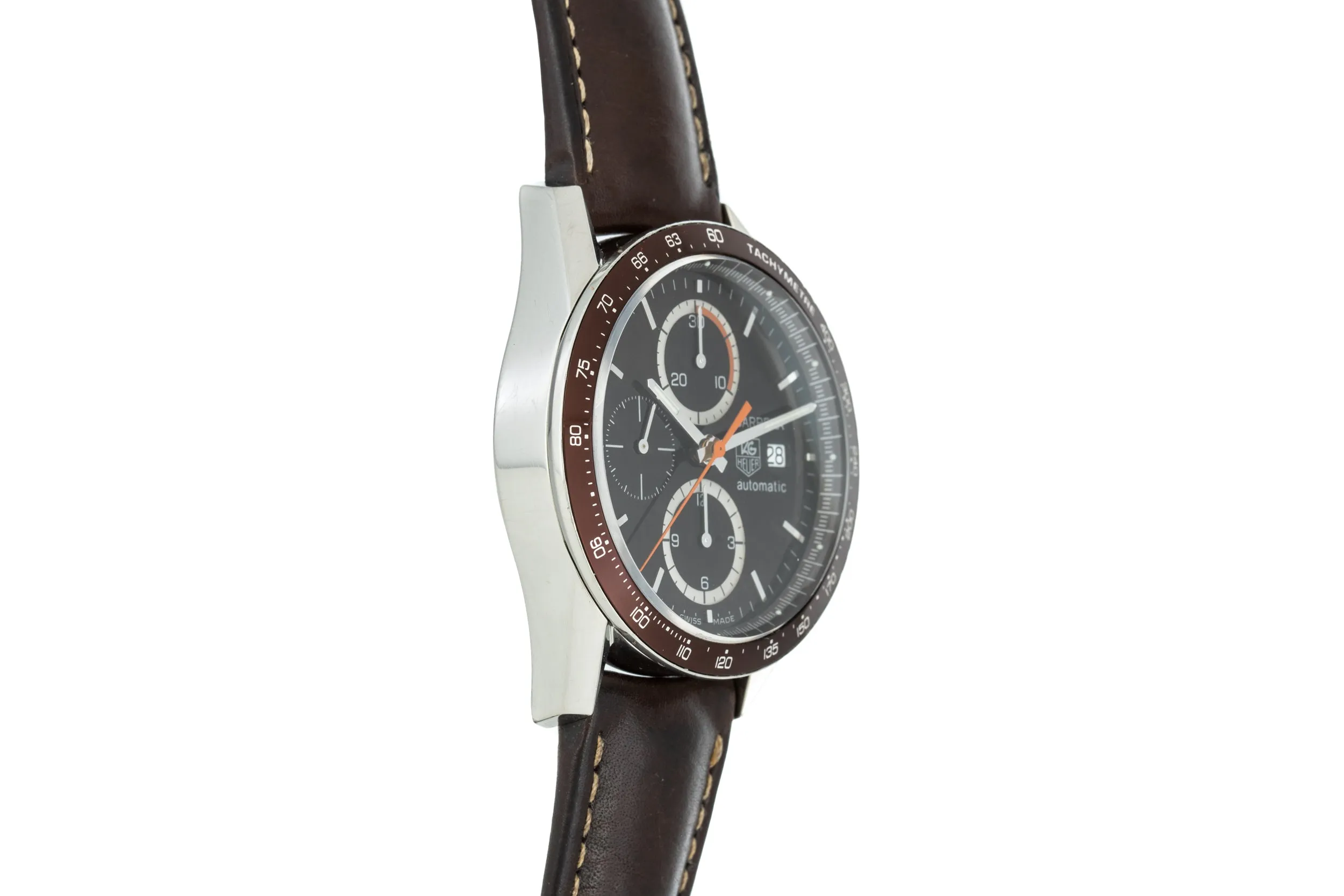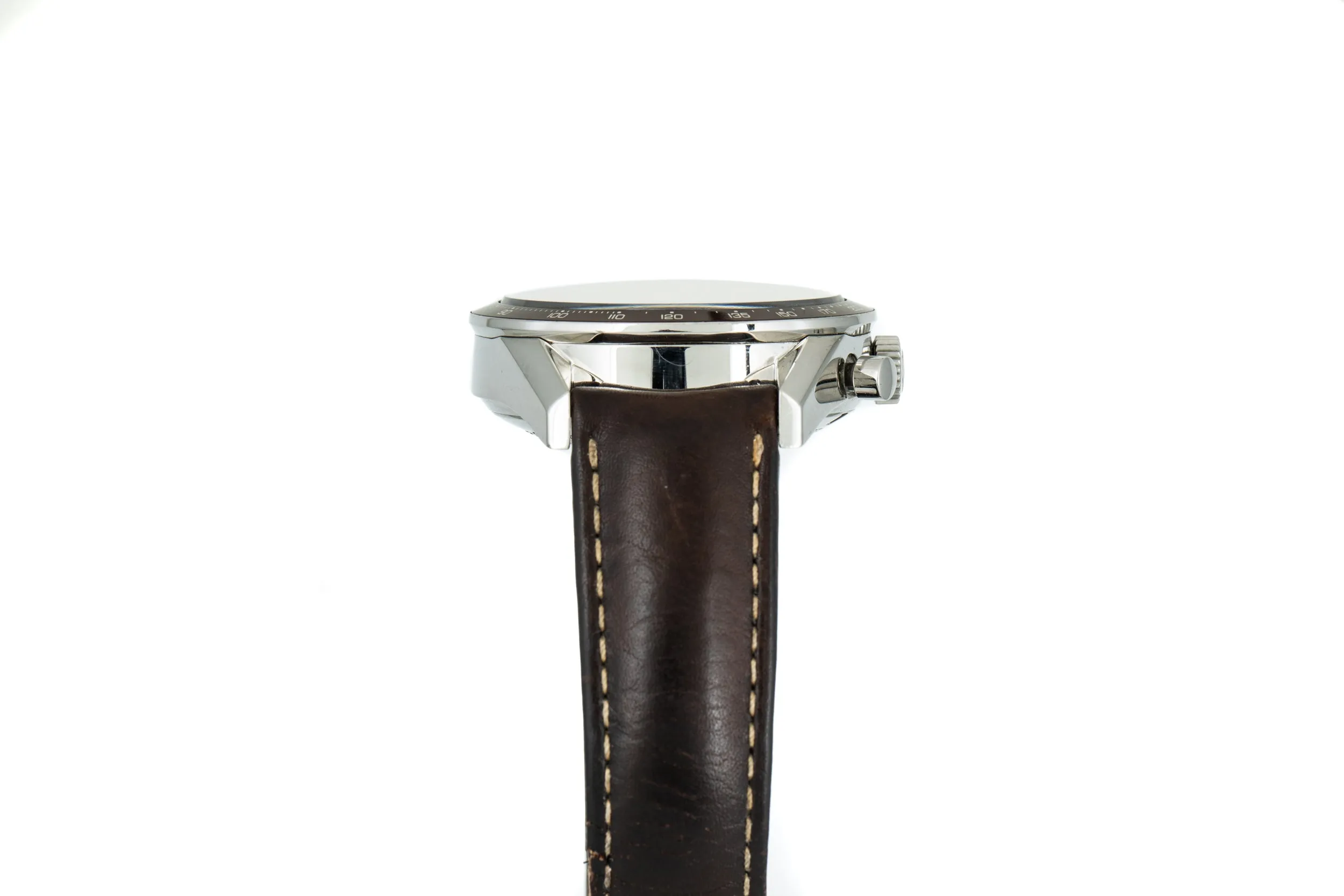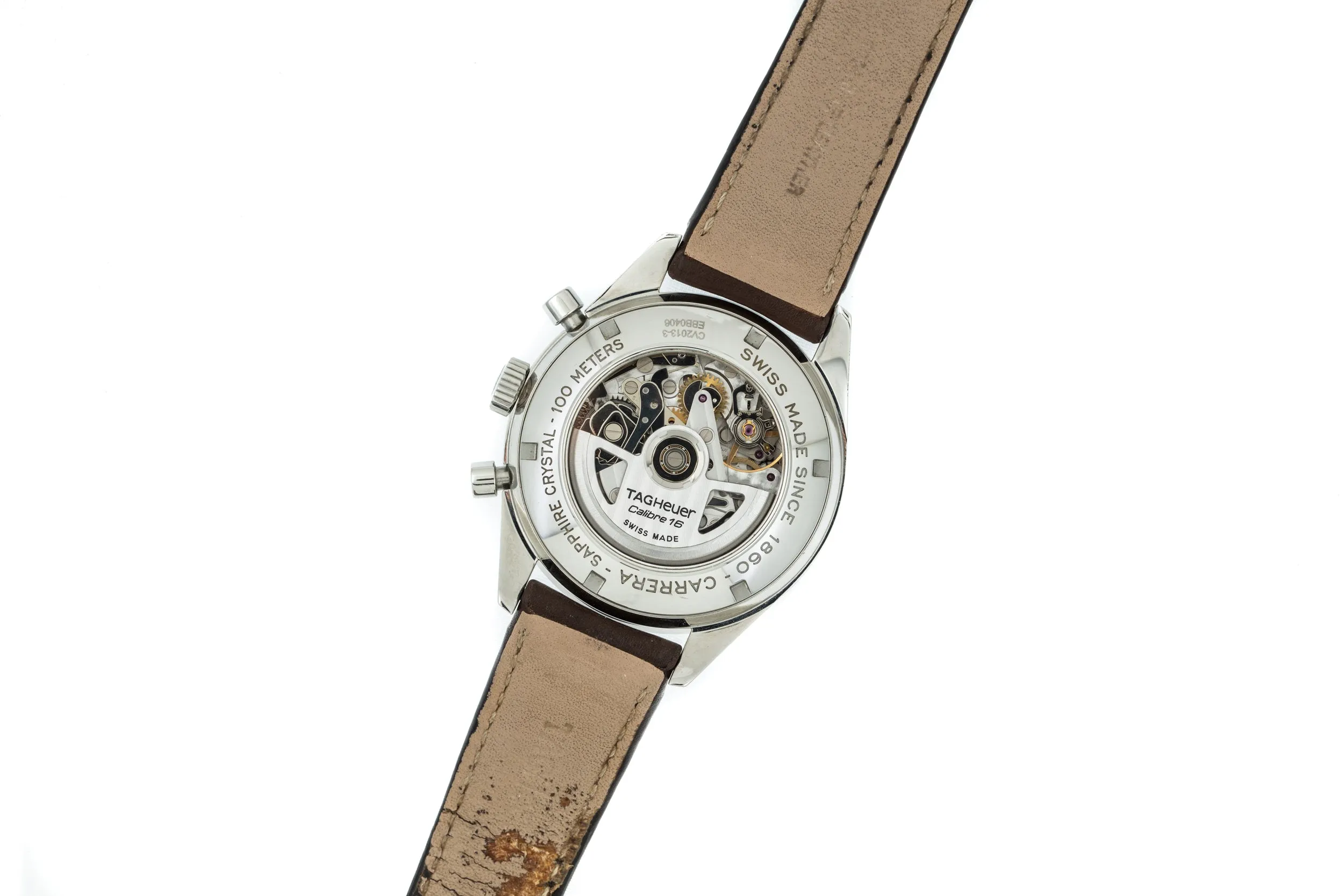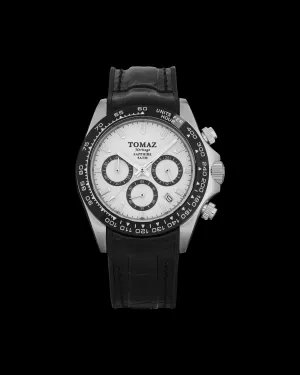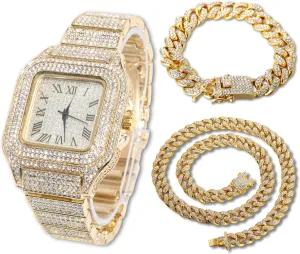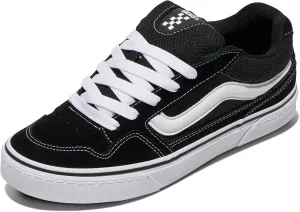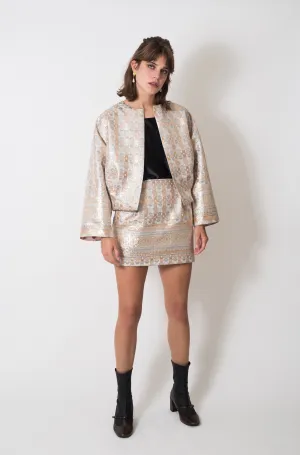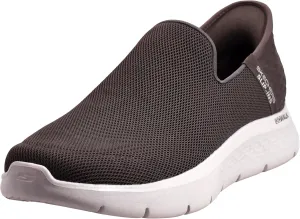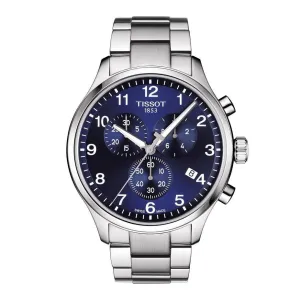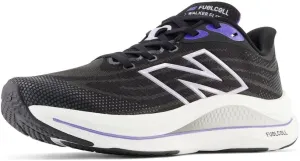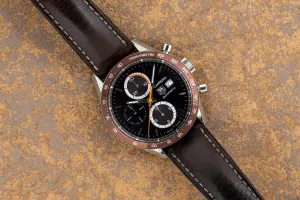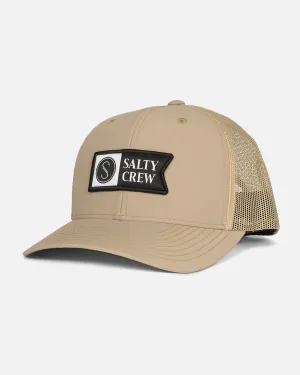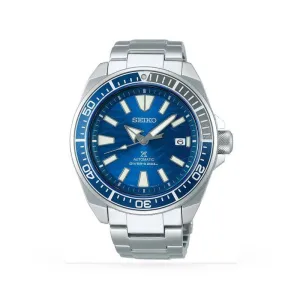Why We Love It
The Carrera was one of Jack Heuer’s most passionate projects, and his design ethos for this watch can be summed up in one word: legibility.
Jack wanted a watch that was stylish and functional - a watch that gives you everything you need and nothing you don’t.
While vintage Carreras were manually-wound, this modern iteration features Tag's Calibre 16 automatic-winding movement, a sapphire display caseback, an outer tachymeter bezel, and a deployant clasp for its factory leather strap. Although larger than its forefathers, this piece retains the classic Carrera case shape that we all love - complete with a new interpretation of the Carrera dial layout.
If you are unsure about going down the vintage route but still desire a classically styled chronograph with some added modern accouterments, this Tag Carrera should be in your sights.
The Heuer Story
In 1962, Jack Heuer inherited the company that his great-grandfather had founded in Saint-Imier nearly a century before.
He had already played a role in the design of some timepieces, starting with the in the late 1940s. But in 1962, the responsibility of running the company fell on his shoulders, and he found himself faced with the daunting task of safeguarding his ancestor’s legacy while at the same time forging his own. His chosen path? Moving into a line of technical instruments for use in sporting and transportation applications.
The Heuer name was not unknown in motor racing and aviation circles. Starting in 1911, when the sport of automobile racing was still in its infancy, the company produced dashboard clocks for cars, boats, and even airplanes. Jack Heuer, a longtime racing aficionado, saw an opportunity to revitalize—or at the very least reexamine—the company’s already-successful line of chronographs.
He had first tried his hand with the Autavia, which at the time of his succession was a stopwatch with a virtually illegible dial. In its place he launched the line of Autavia wrist chronographs, the first line of chronographs produced by Heuer to be named, not just numbered. The Autavia was purpose-built for racers and pilots, and attracted the attention of Formula 1 racers and devotees such as Jochen Rindt and Steve McQueen.
In designing the Carrera, Heuer created something that was entirely his, and is without question the chronograph that is most associated with the brand today. Heuer's obsession with legibility led to a dial design that was simpler to read than the Omega Speedmaster or the Rolex Daytona (released the same year as the Carrera). What resulted was a chronograph that gave only the most necessary bits of information, with plain baton markers: clean, uncluttered, undeniably attractive.
The brand grew to become a powerhouse in chronographs in particular, and the list of famous designs from the 1960s and 1970s can’t be counted on two hands. Falling on hard times in the wake of the Quartz Crisis, Heuer was ultimately purchased by Technique Avant Garde (TAG) and subsequently Louis Vuitton Moet Hennessey, who have brought the brand into the modern age.

